-
When you click on links to various merchants on this site and make a purchase, this can result in this site earning a commission. Affiliate programs and affiliations include, but are not limited to, the eBay Partner Network.
You are using an out of date browser. It may not display this or other websites correctly.
You should upgrade or use an alternative browser.
You should upgrade or use an alternative browser.
Period photos : Jackets and flight equipment during the ww1
- Thread starter Kermit3D
- Start date
Enigma1938
Well-Known Member
Well that's a point I miss here in this forum. Here's all about vintage and repros and leather and cloth... but all the stuff discussed here dates from ww2 era to our times. There's almost nothing discussed from previous times like ww1 or earlier. We all know from military aspects there were no standards in ww1 pilot jackets on all involved parties but the jackets they wore back then are pretty much interesting, at least for me.
I just wish we could see, discuss and adore more stuff from those times here....
I just wish we could see, discuss and adore more stuff from those times here....
John Lever
Moderator
Some of the details of the coats show a germ of later designs to come particularly the shape of the collars
John Lever
Moderator
Grand dad 1916 The Somme.
Despatch rider

Despatch rider
ausreenactor
Well-Known Member
Brilliant picture.Grand dad 1916 The Somme.
Despatch riderView attachment 68134
Kermit3D
Well-Known Member
Washington, D.C., circa 1917. "Allied aircraft demonstration at polo grounds. Avro training plane designed by A.V. Roe of England. Lieut. Stephen Bonsal Jr., one of the young Army flyers who have entered the newest profession, that of airplane mail carrying, is the son of the former war correspondent and veteran newspaperman who is now a major attached to the general staff of the Army." Harris & Ewing Collection glass negative.

ausreenactor
Well-Known Member
'Testicular Fortitude' personified.1912. "Navy aviation. Commodore J.C. Gillmore in Curtiss headless plane, dual control, at College Park Army flying field. Lieutenant Milling, right." Harris & Ewing Collection glass negative, Library of Congress.
View attachment 68627
Kermit3D
Well-Known Member
No airman this time. I'm taking occasion of November 11 to post a picture of my great grandfather, my mother's grandfather (I love his mustache  ).
).
I don't have much information about him, but from what I understand, he fought in the French infantry (7th infantry regiment) from August 1914 to June 1918.
He seems to have been wounded :
- December 20, 1914 : left foot, right arm, head.
- November 24, 1916 : near Verdun by a shrapnel (left elbow).
He also breathed gas, without gravity at the time, but I was told that he suffered from it all his life.
On my father's grandfather's side, they were 4 brothers in the French infantry. Only one survived.

Click to zoom in :


I don't have much information about him, but from what I understand, he fought in the French infantry (7th infantry regiment) from August 1914 to June 1918.
He seems to have been wounded :
- December 20, 1914 : left foot, right arm, head.
- November 24, 1916 : near Verdun by a shrapnel (left elbow).
He also breathed gas, without gravity at the time, but I was told that he suffered from it all his life.
On my father's grandfather's side, they were 4 brothers in the French infantry. Only one survived.
Click to zoom in :
ausreenactor
Well-Known Member
Très bien!No airman this time. I'm taking occasion of November 11 to post a picture of my great grandfather, my mother's grandfather (I love his mustache).
I don't have much information about him, but from what I understand, he fought in the French infantry (7th infantry regiment) from August 1914 to June 1918.
He seems to have been wounded :
- December 20, 1914 : left foot, right arm, head.
- November 24, 1916 : near Verdun by a shrapnel (left elbow).
He also breathed gas, without gravity at the time, but I was told that he suffered from it all his life.
On my father's grandfather's side, they were 4 brothers in the French infantry. Only one survived.
View attachment 68946
Click to zoom in :
View attachment 68947 View attachment 68948
Kermit3D
Well-Known Member
The German air crewman of a Rumpler C.VII puts on his gloves while a ground crewman adds an electrically heated face mask. The Rumpler reconnaissance planes used altitude as their main defense during their missions deep into enemy territory, the C.VII being able to reach 24,000 feet, beyond the capabilities of most Allied fighters. The air was thin and the temperature low at such heights, however, requiring oxygen respirators and electrically heated suits to keep the crew at maximum efficiency.


Kermit3D
Well-Known Member
Lieutenant Kirk Booth of the U.S. Signal Corps being lifted skyward by the giant Perkins man-carrying kite at Camp Devens, Ayer, Massachusetts. While the United States never used these kites during the war, the German and French armies put some to use on the front lines.


Flightengineer
Well-Known Member
Russian fighter pilot Tkachov
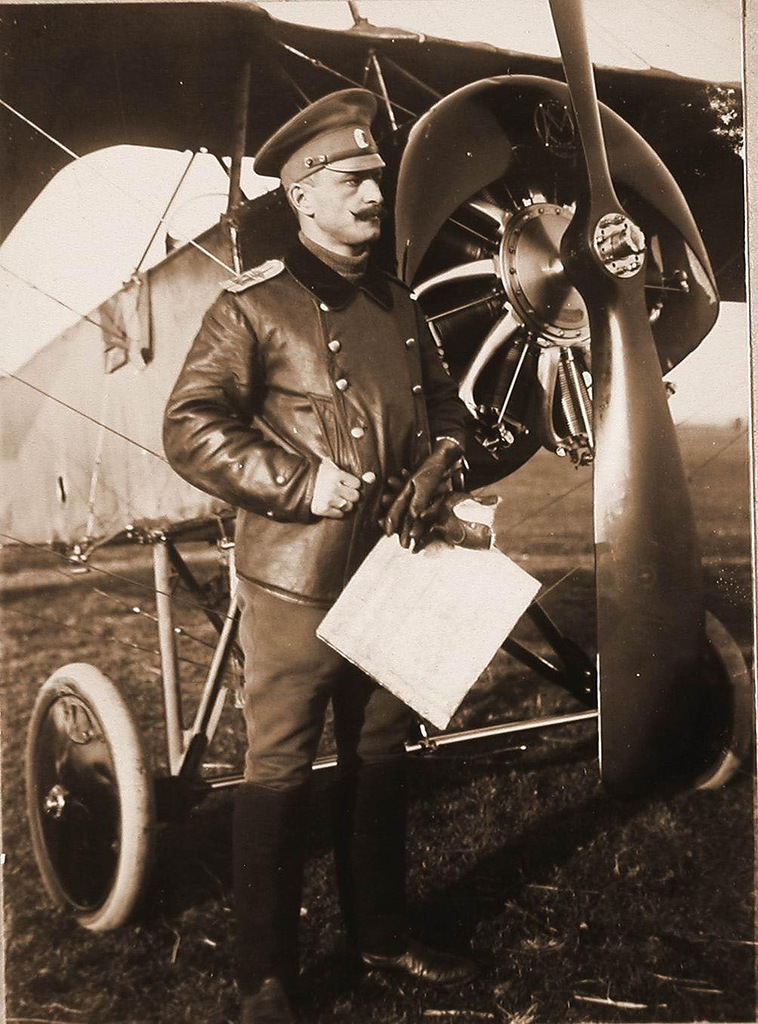
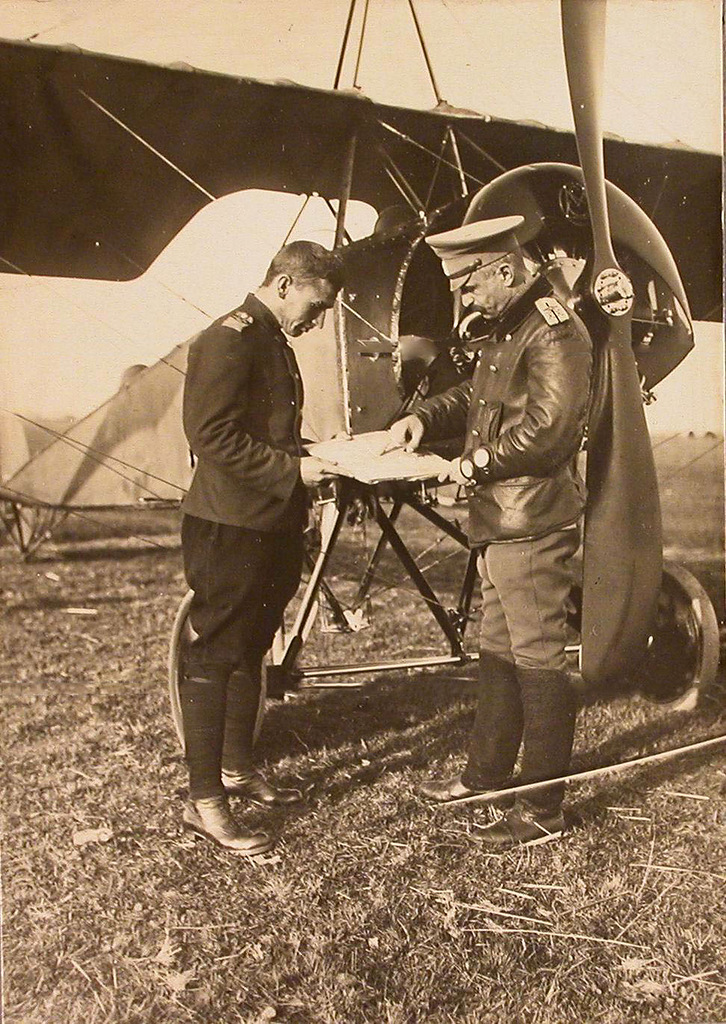
Russian pilots Fedorov, Kosobryukhov, Tkachev, Brzhezovsky, Dybowski, Zhuravlev.
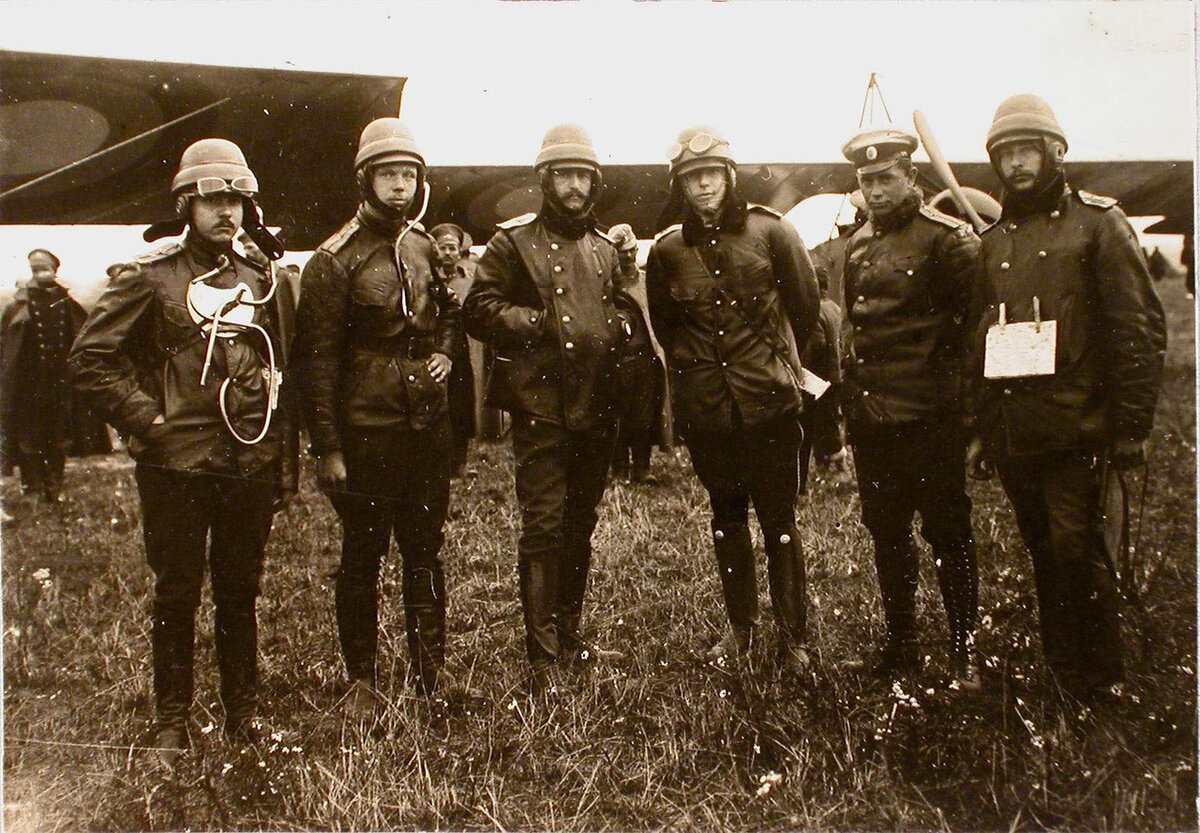
Plane maintenence
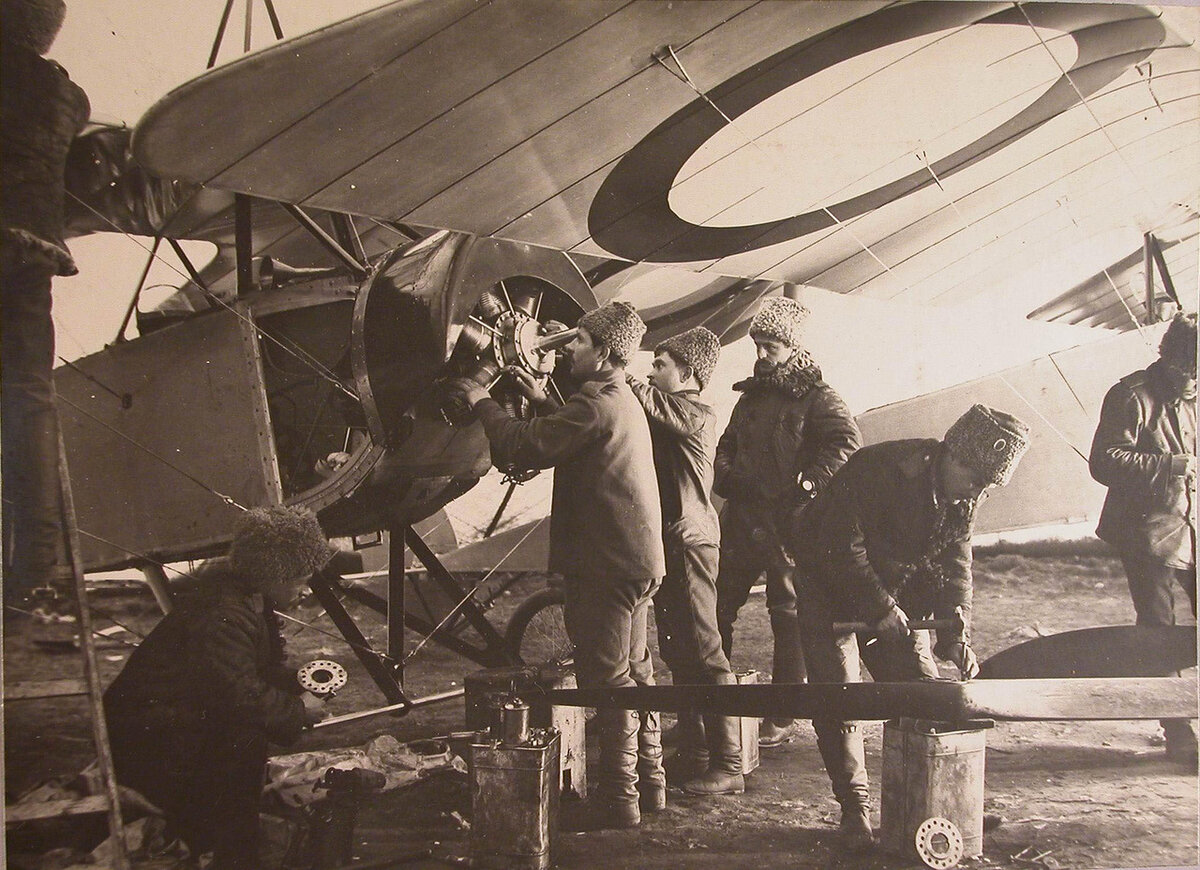
Before the bombing flight
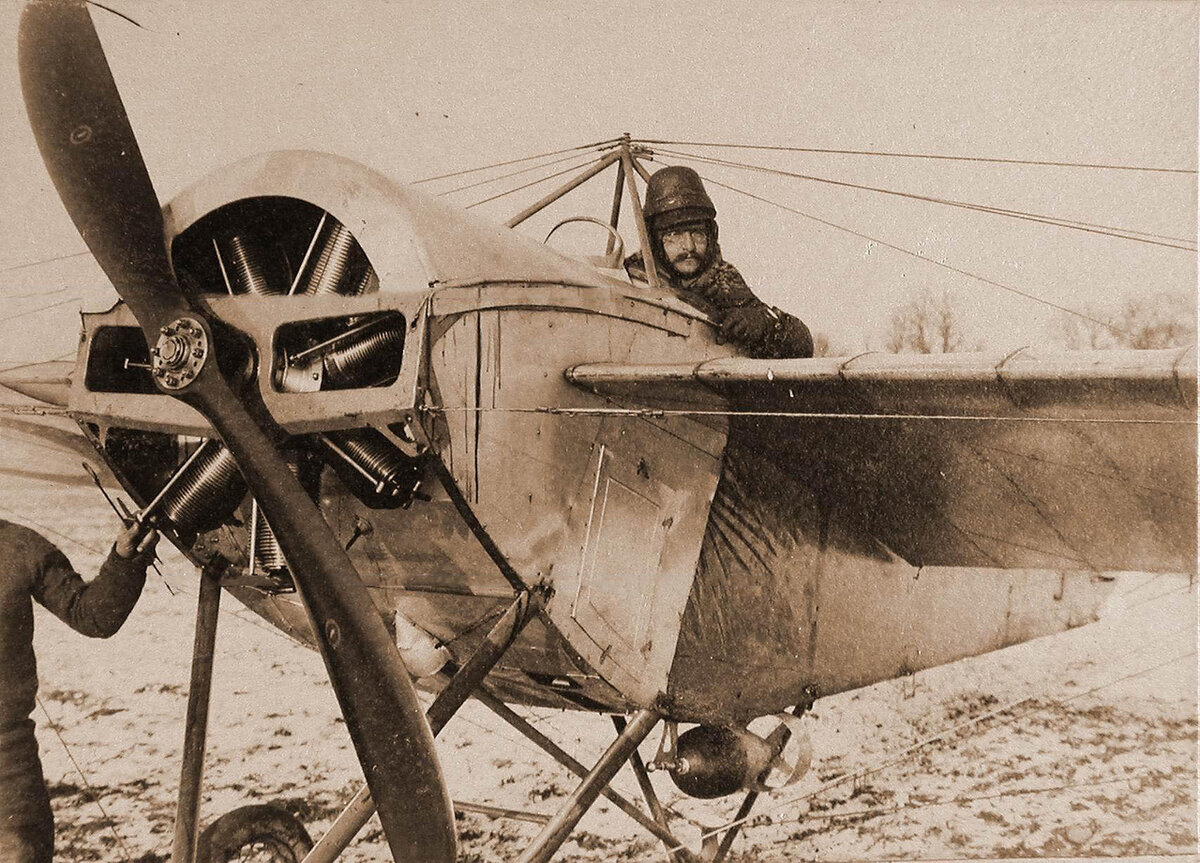


Russian pilots Fedorov, Kosobryukhov, Tkachev, Brzhezovsky, Dybowski, Zhuravlev.

Plane maintenence

Before the bombing flight




